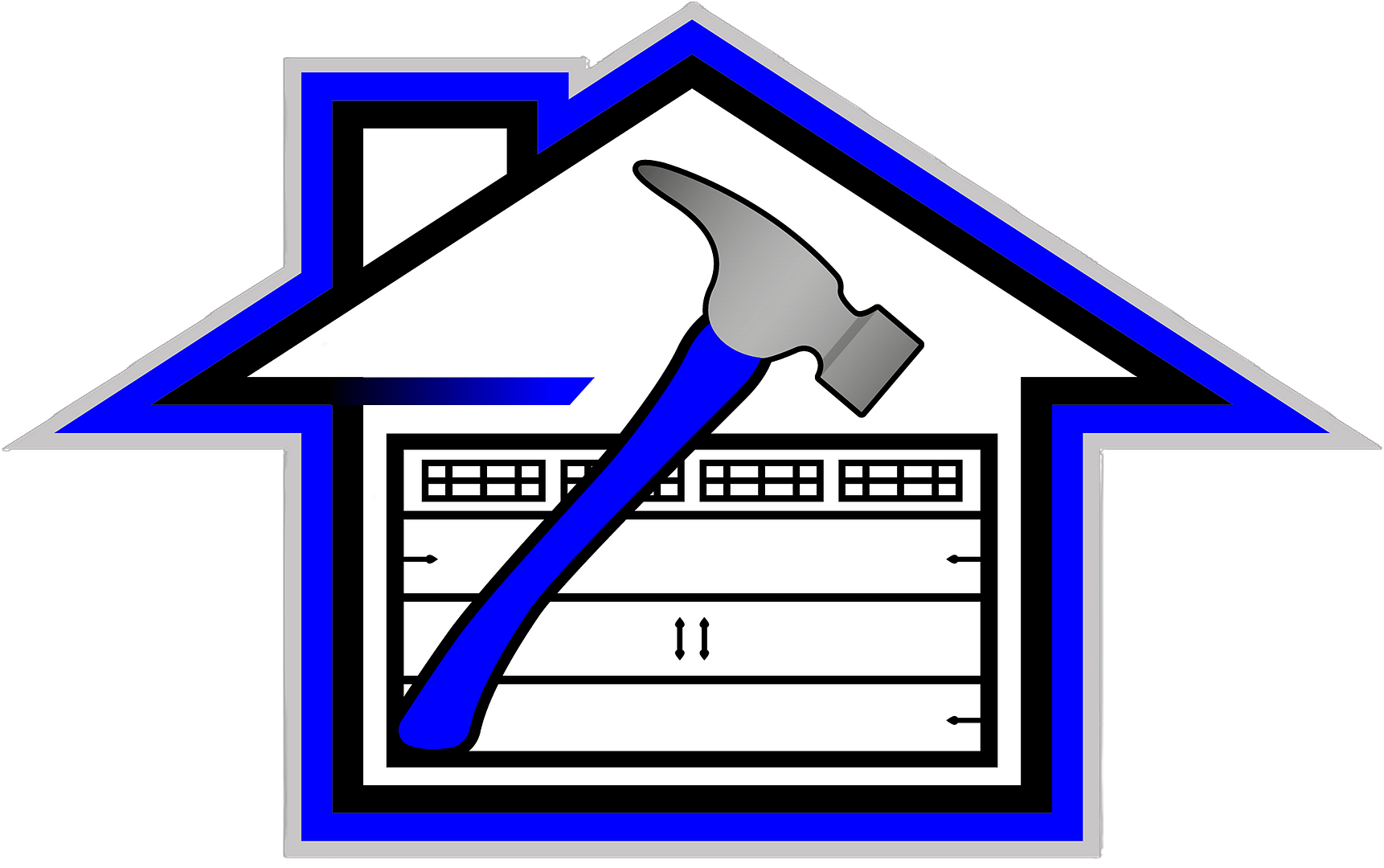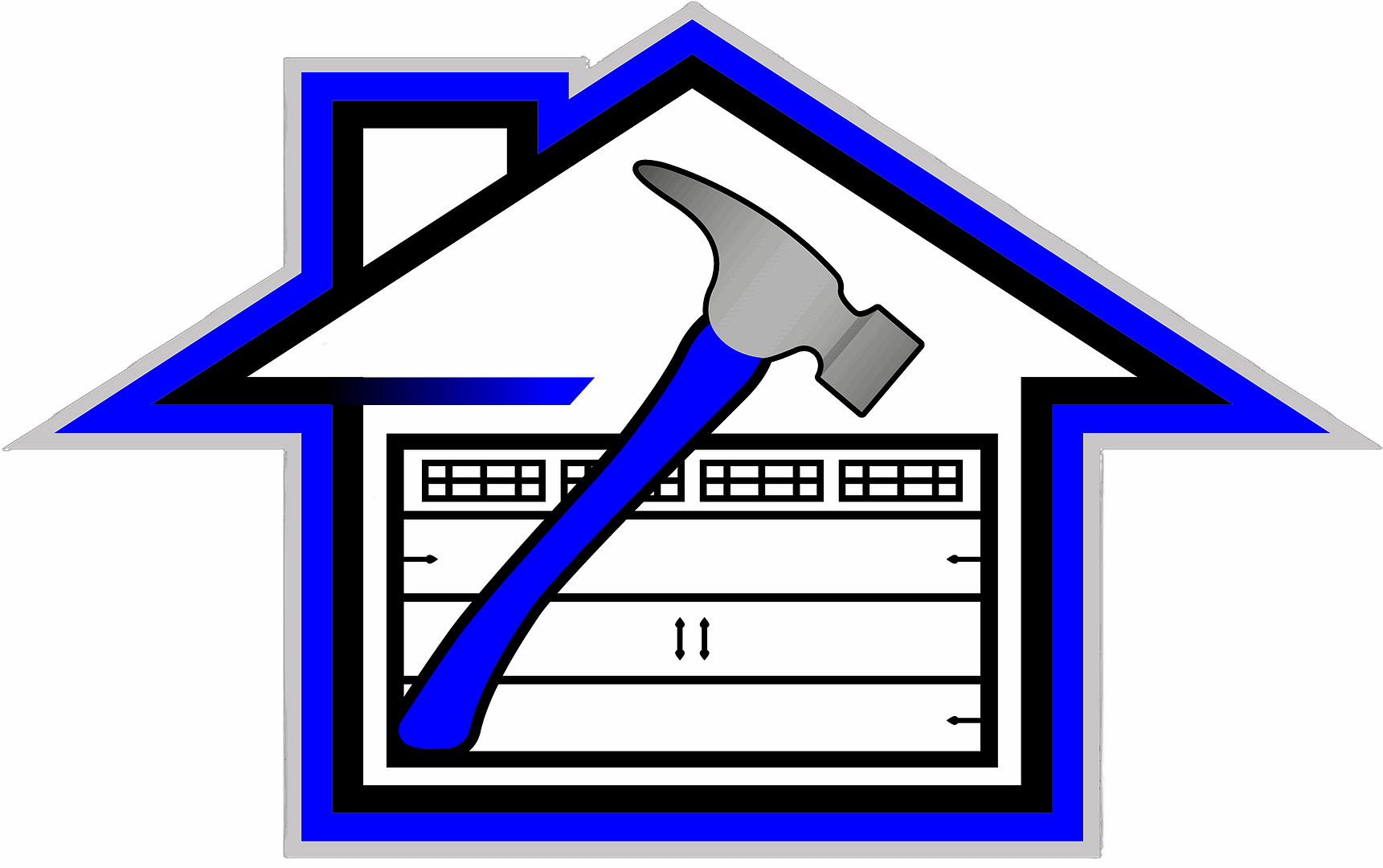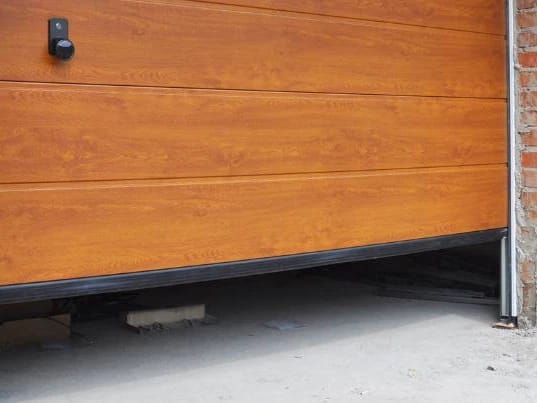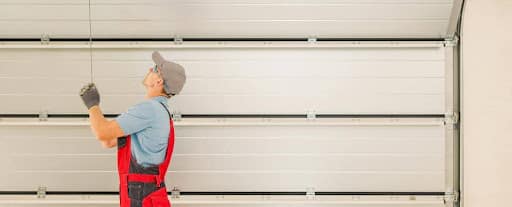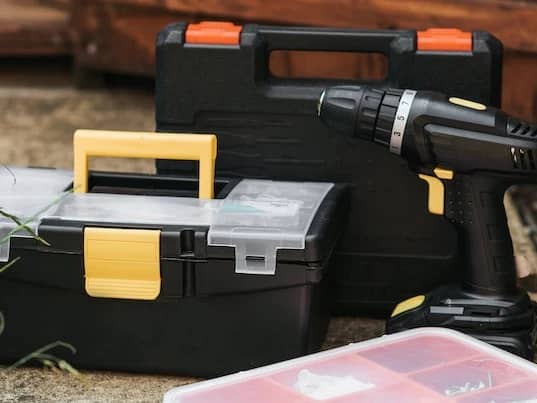Are you wondering whether or not it’s time to replace your garage door? Well, you need to be on the lookout for signs such as vibration, noise, and broken hinges. If you notice any of these signs, you need to hire a professional immediately. A trained technician from a good local garage door company will diagnose the problem and fix it effortlessly. Don’t forget to check the panels of your garage door to ensure there are no cracks that may lead to further problems. It’s also crucial to keep the interior of your garage door safe.
Here are the top signs to look for to answer the question “When is it time to replace garage door?”
Noise
If there is any noise emanating from your garage door, it’s a sure sign that there is something wrong. It may be caused by anything including garage door springs, rails, and openers. It’s a good idea to identify the problem as fast as possible. Ignoring it will make things worse and end up with costly repairs in the long run. Having a noisy garage door can be quite frustrating. Note that, it may either be a small problem that can be repaired very fast or an underlying problem requiring professional repair.
If you hear any noise coming from your garage door, you need to take action immediately. Further delays may lead to more problems and costly repairs. For instance, if there are rattling or squealing noises when the garage door is shut, you need to replace the garage door immediately. It may be a sign that the garage door is not properly balanced. Additionally, it could signal that the rollers and springs are damaged. On the other hand, there may be a problem with the track and requires quick replacement.
Depending on what causes the noise, you may be forced to replace the entire garage door. Note that, you need to replace the hinges and springs if they are worn out and require immediate replacement. Garage door springs are delicate and dangerous since they are working under a lot of tension. A garage door professional will inspect the springs and replace them if necessary.
Vibration
After using one of your garage door openers, have you noticed any vibration from your garage door when opening or closing it? Well, you need to have it checked immediately. It may be caused by a faulty part and if left untouched it may lead to costly repairs or premature failure of the entire garage door. It’s always better to be safe than sorry when it comes to your garage door. Keep in mind that if the garage door is vibrating when you try to open and close it, there might be a spring or motor problem. Therefore, you need to replace the door immediately.
However, if you are not ready to replace the garage door, you can do any of the following to prevent the garage door problem from getting worse.
- Check The Rollers
The garage door may have faulty rollers that need to be replaced immediately. Ask your garage door repair expert to swap out the rollers. The process is simple and involves unscrewing the brackets to remove the roller. You can make it a DIY project but don’t forget to lubricate the rollers before replacing them.
- Tighten The Garage Door Hardware
It’s a sure way of reducing vibrations on your garage door thereby increasing its lifespan. Check if there are any worn-out or damaged parts such as blown bearings. Don’t forget to add anti-vibration pads to the tracks to make your garage door quieter.
Broken Springs

Many garage door repair technicians from local garage door companies are often called in to repair broken springs. It’s ideal to assess every spring before doing any repairs. The springs must be intact to allow the garage door opener to work as expected. The garage door springs need to be wound tightly and connected from end to end. If they are stretched or loose, you need to replace them immediately. Always contact professional garage door repair experts to replace your springs if you don’t know how to do it.
Depending on the type of garage door, you may end up paying between $200-$300. Once your garage door is back in good working condition, you can enjoy the peace of mind that comes from a new garage door spring. If you choose to repair the garage door springs on your own, follow the instructions below carefully.
- Start by removing the center stationary torsion cone
- Unwrap the spring and start taking measurements. Here, you need to measure the inside diameter of the spring including the length and winding orientation.
- Next, you need to order a new spring replacement according to these accurate measurements. Make sure you follow the manufacturer’s instructions when determining the right size of the spring.
- Don’t forget to inspect the winding cone of the spring. It is located on one end of the garage door spring. You can purchase it online.
When removing the broken spring, you need to be extremely careful to avoid hurting yourself.
Broken Hinges

Does your garage door have problems when opening or closing? Well, this may be caused by broken hinges meaning you need to replace them immediately. Here are a few tips to help you ascertain whether or not your hinges are broken.
- Identify The Number Of Hinges On The Panel
The hinges found on the center of your garage door are usually numbered 1. Those located on the second and third panels will be numbered 2 and 3. If you are not able to identify the right hinge, it may cause further damage to the garage door panels.
- Check Hinges For Loose Screws And Rust
If there are any loose screws or rust, they may cause the rollers to jam or skip. Additionally, if the edges of the hinges are bent or frayed, you need to replace them. Don’t forget to keep them lubricated to avoid any need for replacement.
- Check The Garage Door Movement
Is your garage door wobbling or shaking? Does it appear unstable? Well, broken or damaged hinges may be causing alignment issues. Note that any alignment issues may lead to further damage to the garage door panels and guide tracks.
Although garage door hinges may be small, if they are broken they may cause serious damage to garage doors. It may be easy to ignore but this may lead to costly repairs or you may need to replace your garage door down the line. A garage door hinge may be broken due to a sudden increase in load or physical contact.
Worn-out Bearings

These may cause problems with your existing garage door when opening or closing it. Worn-out bearings on your old garage door opener mechanics may require immediate repair or replacement depending on the extent. Use these steps to replace worn-out bearings on your garage door.
- Locate the bearing plate or bracket
- Hammer a new one in place
- Align your tools to ensure that the new bearing fits in properly
Keep in mind that garage door bearings are very integral parts of the torsion springs. If they are not properly lubricated, they may start wearing down, grinding, popping and often freeze up thereby not functioning as expected. To prevent these issues, you need to replace the bearings if they are worn out or lubricate them. Hire a professional to do it for you if you don’t have the tools and expertise to do the job.
Additionally, garage door bearings may start wearing out due to poor garage door maintenance or storage. If they are exposed to dust, moisture and salty air, they will start wearing out. They may also start failing prematurely due to high temperatures. When in use, make sure you lubricate them often and ensure proper alignment. If there is a visible problem with your garage door bearings, you need to consult an expert immediately. Leaving them as they are may force your garage door system out of its tracks resulting in a huge safety risk.
Uneven Distribution Of Tension
If there is an uneven distribution of tension in the average garage door, you may start noticing a lot of problems. First, it may be hard to open or close your door. Additionally, the cables may start slipping from their grooves forcing the door to unwrap. Well, if you want to prevent this, you need to make sure that the cables are not frayed. It’s a good idea to hire a professional who can install new cables for your garage door.
You also need to make sure that the setscrews (on the drum located opposite the gap) are properly tightened. Don’t forget to check the tension on the extension springs since it may be caused by a broken extension spring cable. If you notice this, start by loosening the tension on the other side of the cable drum to allow the tension to automatically adjust on the springs. Note that, the uneven distribution of tension on wooden garage doors or even a smart garage door opener is a serious issue that needs to be fixed immediately to prevent safety risks or complete garage door replacement.
